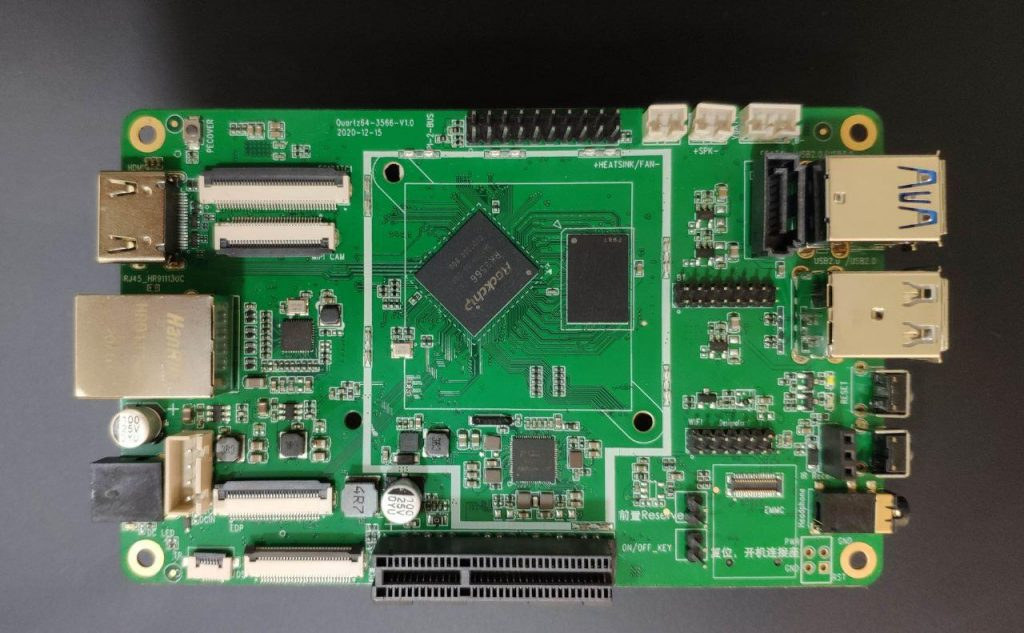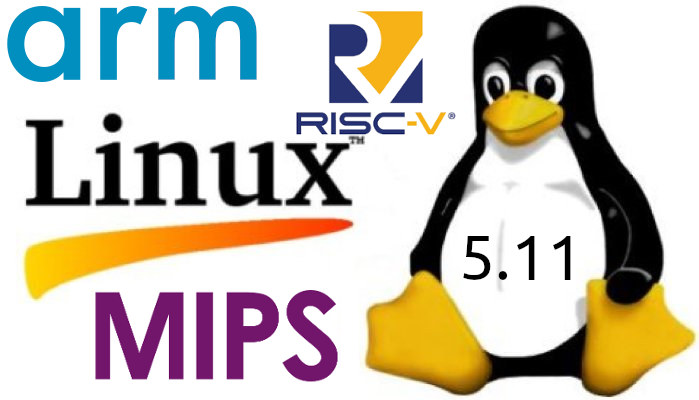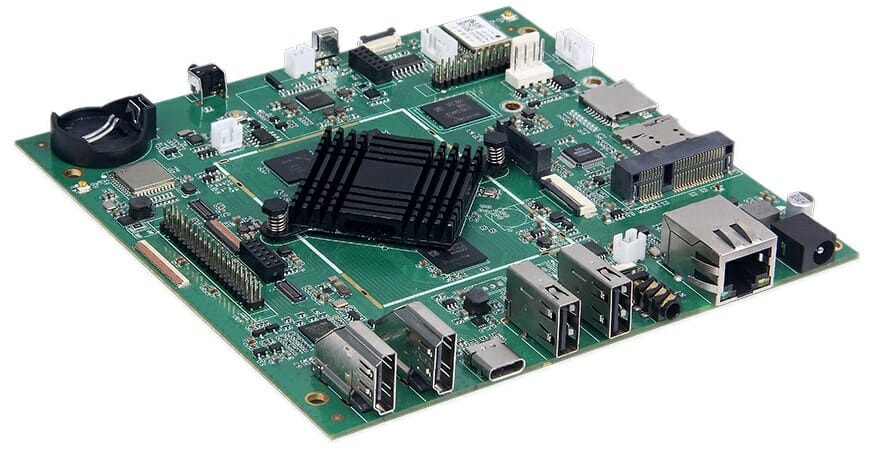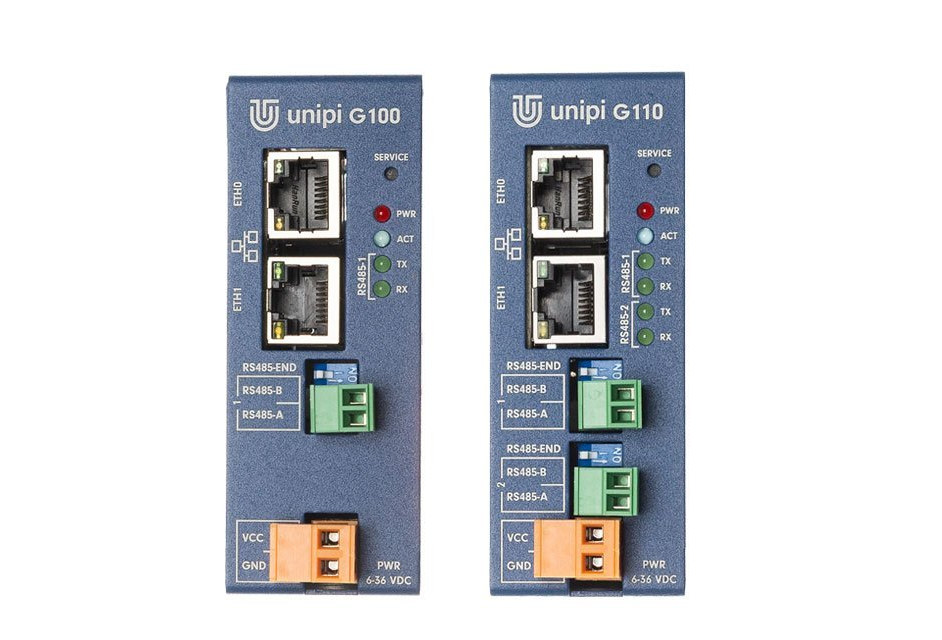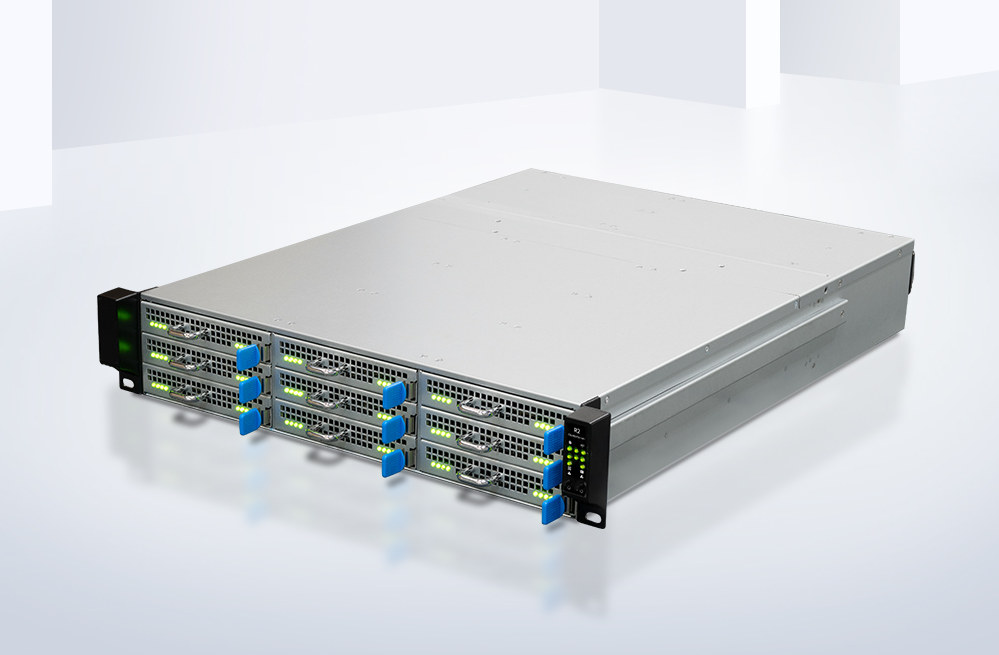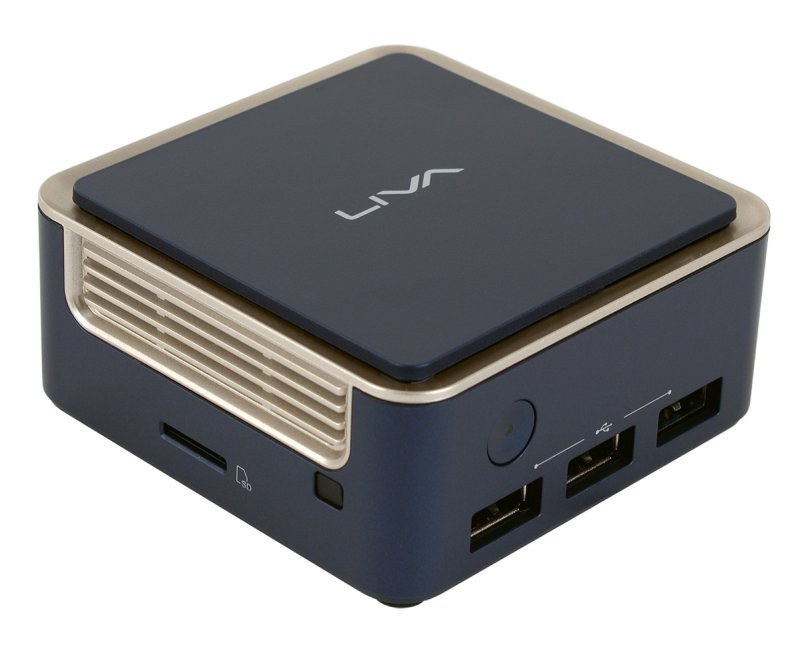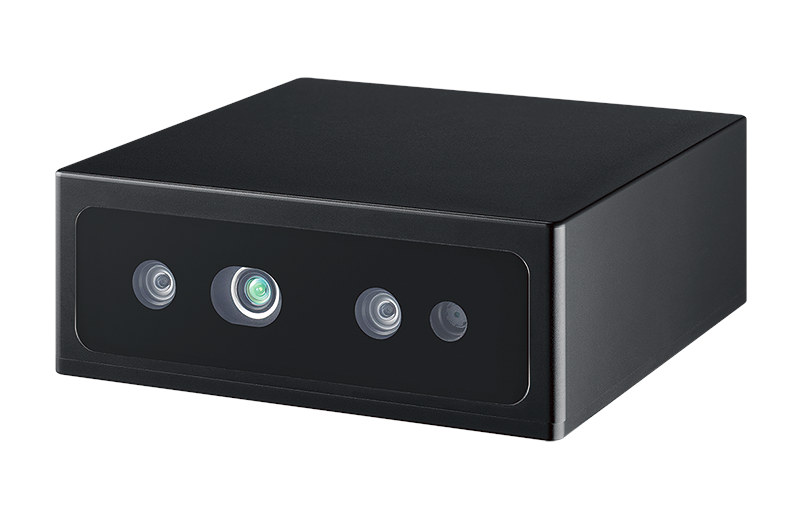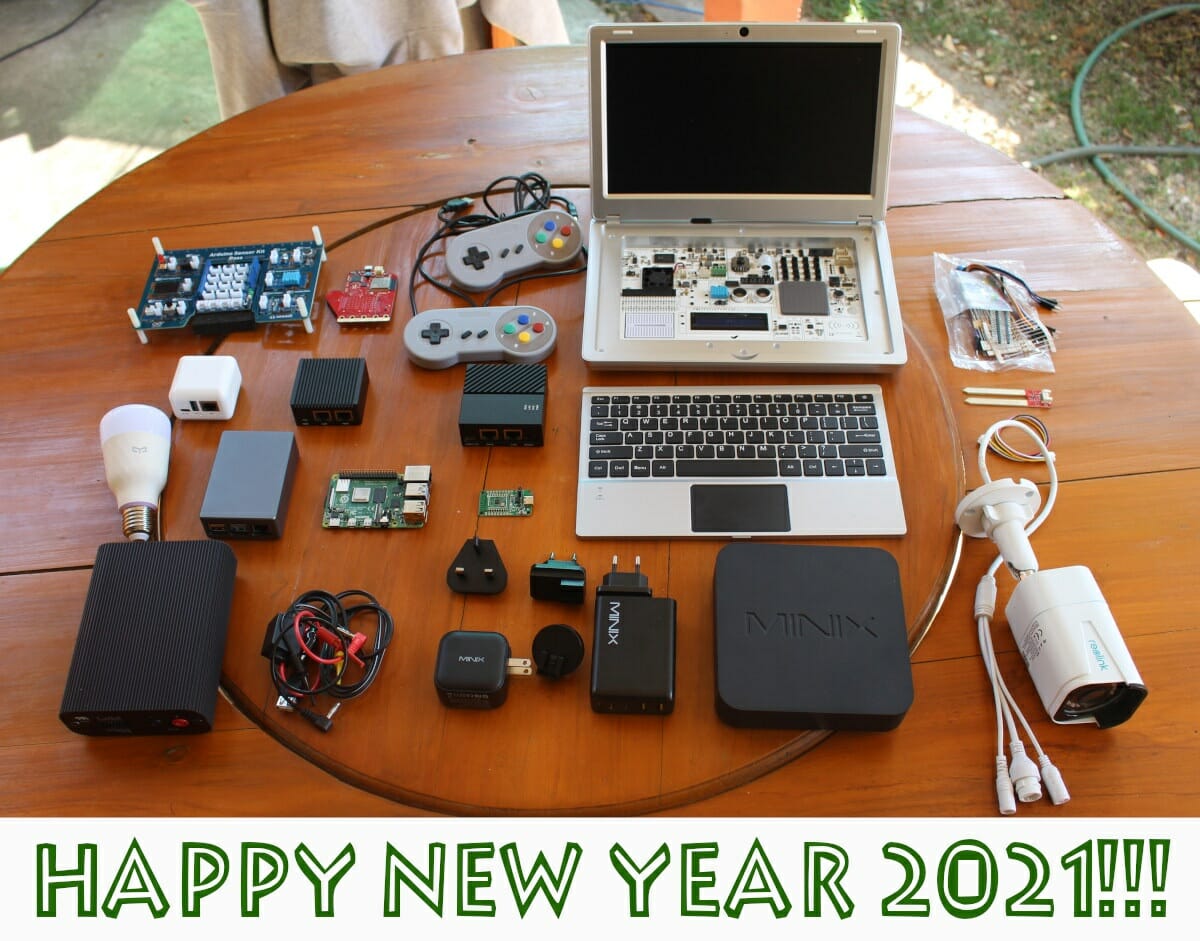We may just have written about Geniatech RK3566/RK3568 development board, but as expected, Pine64 has now unveiled more details about Quartz64 SBC powered by Rockchip RK3566 SoC. As we’ll see below, the design is very similar to RK3399 based RockPro64, but the new model adds a native SATA 3.0 port, an integrated battery charging circuitry, an ePD port for e-Ink displays, and supports more memory with up to 8GB LPDDR4 RAM. Quartz64 Model A preliminary specifications: SoC – Rockchip RK3566 quad-core Cortex-A55 processor up to 1.8 GHz with Arm Mali-G52 GPU supporting OpenGL ES 1.1/2.0/3.2, OpenCL 2.0, Vulkan 1.1, 0.8 TOPS NPU for AI acceleration System Memory – 2GB to 8GB LPDDR4 Storage SPI Flash optional eMMC module from 16GB up to 128GB capacity bootable SDHC/SDXC MicroSD card up to 256GB (or is it 2TB?) SATA 3.0 port (multiplexed with USB 3.0) Video Output / Display Interfaces HDMI 2.0a up […]
Linux 5.11 Release – Main Changes, Arm, MIPS & RISC-V Architectures
Linus Torvalds has released Linux 5.11 just in time for… “Valentine’s Day”: Nothing unexpected or particularly scary happened this week, so here we are – with 5.11 tagged and pushed out. In fact, it’s a smaller-than-average set of commits from rc7 to final, which makes me happy. And I already have several pull requests lined up for tomorrow, so we’re all set for the merge window to start. But in the meantime – and yes, I know it’s Valentine’s Day here in the US – maybe give this release a good testing before you go back and play with development kernels. All right? Because I’m sure your SO will understand. Linus Last time around, Linux 5.10 was an LTS release that added EXT-4 performance enhancements, improved post-Spectre performance, as well as the enablement of BCM2711 (Raspberry Pi 4) display pipeline, among other many changes. Some of the notable changes in […]
Geniatech RK3568 Development Board to support Android 11 and Linux
RK3566 and RK3568 are the latest AIoT processors from Rockchip equipped with four Arm Cortex-A55 cores, a Mali-G52 GPU, and an impressive range of peripherals that make them suitable for all sorts of applications including AI edge computing and network video recorder (NVR). We already know Pine64 is working on Quartz64 SBC based on Rockchip RK3566, but I’ve just noticed Geniatech’s “RK3568 development board” that should offer even more features since the processor comes with extra I/Os compared to its little brother. Let’s have a look. Geniatech RK3568 development board specifications: SoC – Rockchip RK3568 quad-core Cortex-A55 processor up to 2.0 GHz with Arm Mali-G52 GPU supporting OpenGL ES 1.1/2.0/3.2, OpenCL 2.0, Vulkan 1.1, 0.8 TOPS NPU for AI acceleration System Memory – Up to 4 GB LPDDR4 Storage – Up to 128 GB eMMC 5.1 flash, 1x SATA 3.0 port, MicroSD card slot, M.2 socket for NVMe SSD (See […]
UniPi Gate RS485 Linux IoT Gateway features 600 MHz Rockchip RK3328 SoC
Based in the Czech Republic, UniPi Technology design and manufacture programmable logic controllers, gateways, sensors and systems for smart homes, building management systems, industry and automation projects. Their latest product is UniPi Gate G100/G110 Linux IoT gateway with Ethernet and RS485 interfaces. When the company contacted CNX Software about the gateway, they told us the system was based on a quad-core Cortex-A53 processor clocked at 600 MHz. Since we are not aware of such SoC, we asked, and UniPi told us it was Rockchip RK3328. That processor is normally clocked at 1.5 GHz, and it turns out the company purposely underclocked the processor to 600 MHz to extend the temperature range and reduce the heat emitted by the CPU. UniPi Gate G100 & G110 specifications: SoC – Rockchip RK3328 quad-core Cortex-A53 processor @ 600 MHz System Memory – 512MB RAM Storage – 16GB eMMC flash, MicroSD card slot Networking – […]
Cluster Server R2 2U rack cluster server ships with up to 72 Rockchip RK3399/RK3328 SoMs
Rockchip RK3399 and RK3328 are typically used in Chromebooks, single board computers, TV boxes, and all sort of AIoT devices, but if you ever wanted to create a cluster based on those processor, Firefly Cluster Server R2 leverages the company’s RK3399, RK3328, or even RK1808 NPU SoM to bring 72 modules to a 2U rack cluster server enclosure, for a total of up to 432 Arm Cortex-A72/A53 cores, 288 GB RAM, and two 3.5-inch hard drives. Firefly Cluster Server R2 specifications: Supported Modules Core-3399-JD4 with Rockchip RK3399 hexa-core Cortex-A72/A53 processor up to 1.5 GHz, up to 4GB RAM, and optional on-board 2.8 TOPS NPU (Gyrfalcon Lightspeeur SPR5801S) Core-3328-JD4 with Rockchip RK3328 quad-core Cortex-A53 processor up to 1.5 GHz, up to 4GB RAM Core-1808-JD4 with Rockchip RK1808 dual-core Cortex-A35 processor @ 1.6 GHz with integrated 3.0 TOPS NPU, up to 4GB RAM Configuration – Up to 9x blade nodes with 8x […]
ECS LIVA Q1A Arm mini PC runs Linux or Android on Rockchip RK3288 or RK3399 SoC
ECS started the LIVA Q product line of tiny mini PCs in 2017, and so far all were based on low power, affordable Intel processors including last year’s LIVA Q1L/Q1D mini PCs powered by Intel Celeron or Pentium Apollo Lake processors. But at CES 2021, ECS will showcase its first Arm-based LIVA mini PCs with LIVA Q1A and Q1A Plus respectively powered by Rockchip RK3288 quad-core Cortex-A17 SoC and RK3399 hexa-core Cortex-A72/A53 processor running Linux or Android. ECS LIVA Q1A / Q1A Plus specifications: SoC LIVA Q1A – Rockchip RK3288 quad-core Cortex-A17 processor @ up to 1.6 GHz with Mali-T764 GPU LIVA Q1A Plus – Rockchip RK3399 hexa-core processor with 2x Cortex-A72 cores @ up to 1.8 GHz, 4x Cortex-A53 cores. and a Mali-T860MP4 GPU System Memory – 2GB LPDDR3-1600 Storage – 32GB (default) or 64GB eMMC flash, 1x MicroSD slot Video and audio output Both models – 1x HDMI […]
Industrial-grade 3D Vision Camera features Rockchip RK3399 SoC, Intel RealSense Technology
Vecow has just launched DVC-1000 industrial-grade 3D vision camera running Ubuntu on Rockchip RK3399 processor and based on Intel RealSense technology. The camera is rated IP67 for protection from water and dust, supports PoE, and the company says it’s “ideal for Robot Vision, Autonomous Mobile Robot, Object Dimensioning, and Intelligent Surveillance”. Vecow DVC-1000 specifications: SoC – Rockchip RK3399 hexa-core Cortex-A72/A53 processor @ up to 1.8 GHz with Mali 860MP4 GPU, 4K encode/decode System Memory / Storage – TBD Camera Depth Module Depth Sensor – OmniVision OV9282 Active Stereoscopic technology Operating Range – From 0.105 to 10 meters (depends on calibration, scene, and lighting conditions). Resolution – 1280 x 720, 640 x 480, 480 x 270, or 424 x 240 Frame Rate – Up to 60 fps Shutter Type – Global Shutter FoV (H x V x D) – 87°±3° × 58°±1° × 95°±3° @ HD Resolution Z Accuracy – ≤ […]
Year 2020 in review – Top ten posts and stats
It’s this time of the year when we look back at what happened, and what may be next. 2020 did not pan out as planned in more ways than one, but there were still some interesting developments. Based on 2019 announcements, 2020 was promising to be an exciting year for Amlogic and Rockchip with the expected launch of RK3588 and S908X high-end processors for 8K capable devices, but we’ll have to wait for 2021 for this to happen. Instead, the most interesting processor of the year from the Allwinner, Amlogic, and Rockchip offerings was probably Amlogic S905X4 processing adding AV1 hardware decoding. As pointed out in our “RISC-V 2020 highlights” post, it was a fairly eventful year for RISC-V architecture, although there’s still a long road ahead, especially for application processors. We had seen some general-purpose and Bluetooth RISC-V MCUs in 2019, but 2020 saw the launch of the first […]


